Arequipa is one of Peru’s most captivating destinations, a city that blends history, nature, and an incredible food scene. With its striking white volcanic stone architecture, breathtaking landscapes, and thriving cultural scene, it’s no surprise that travelers from all over the world love visiting.
This guide has everything you need to plan your trip—must-see spots, unforgettable activities, top food experiences, and natural escapes you won’t want to miss. Many of these attractions are also easy to access and free, making Arequipa an ideal place to explore at your own pace.
What to see and do in Arequipa, Peru
Known as the White City, Arequipa offers a mix of history, impressive architecture, and stunning natural scenery. If you’re heading to this southern Peruvian gem, here are some experiences you shouldn’t skip:
Plaza de Armas, Arequipa
The Plaza de Armas in Arequipa is the perfect starting point for exploring the city. Located in the historic center, it’s surrounded by grand colonial buildings, churches, and lively shops. It’s a great place to take a stroll and soak in the local atmosphere.
Fun Fact » Arequipa’s Plaza de Armas is recognized as a UNESCO Cultural Heritage Site due to its historic significance.
Things to do at Plaza de Armas, Arequipa
- Admire the Catedral de Arequipa, an architectural masterpiece.
- Try queso helado, a delicious traditional Arequipeño dessert.
- Wander through the arcades filled with restaurants and artisan shops.
Arequipa Cathedral
One of the most important religious landmarks in South America, Arequipa’s Cathedral dominates the Plaza de Armas with its grand sillar façade. Inside, a museum houses an extraordinary collection of religious art, liturgical artifacts, and historic goldsmithing pieces.
Things to do at the Cathedral in Arequipa
- Explore the museum, which showcases over 400 years of history through sacred art, colonial paintings, and religious artifacts.
- Climb the bell tower for panoramic views of the city and the surrounding volcanoes—Misti, Chachani, and Pichu Pichu.
- Check out the impressive Belgian organ, one of the largest in Latin America.
Misti Volcano
Standing at 5,800 meters (19,000 feet) above sea level, Misti Volcano is Arequipa’s iconic natural landmark and a dream for hikers and mountaineers. The climb rewards adventurers with breathtaking views of the city and the Andean landscape.
If you're up for a challenge, this trek will push your endurance as you navigate volcanic rock terrain and encounter the region’s unique flora and fauna.
Good to Know » You can hike Misti with a guided tour from Arequipa or go independently, starting from Chiguata or the Salinas and Aguada Blanca National Reserve. Proper acclimatization is essential to avoid altitude sickness.
Tips for climbing Misti
- Acclimate beforehand: Spend a few days in Arequipa or do lower-altitude hikes first.
- Bring the right gear: Thermal clothing, hiking boots, gloves, a hat, sunscreen, and plenty of water are a must.
- Pack energy snacks: Nuts, chocolate, and other high-calorie foods will keep you going.
- Prioritize safety: It’s best to climb with an experienced mountain guide.
- Check permit requirements: Look into any necessary permissions before your trip.
Santa Catalina Monastery
This 16th-century convent is one of the most popular attractions in Arequipa and an absolute must-see. It’s like a city within a city, with streets, plazas, and buildings that offer a glimpse into monastic life during colonial times. Inside the monastery, you can:
- Walk through its cloisters with sillar arches, the volcanic stone that defines Arequipa’s architecture.
- Explore the ancient cells of the cloistered nuns and learn about their way of life.
- Visit the 17th-century kitchen and see how meals were prepared back in the day.
- Discover the room of Sister Ana, a nun beatified by Pope John Paul II.
- Enjoy the peaceful gardens and courtyards, perfect for escaping the city’s hustle.
Fun Fact » The Santa Catalina Monastery is a massive, walled religious complex covering 20,000 square meters. It was founded in 1597 by a wealthy widow, Doña María de Guzmán.
San Lázaro Neighborhood
Less than a kilometer from Arequipa’s Plaza de Armas, San Lázaro is the oldest part of the city. Its cobblestone streets, sillar stone houses, and peaceful atmosphere make it an ideal spot for a walking tour and a deep dive into Arequipa’s history.
Good to Know » San Lázaro began taking shape even before Arequipa’s official founding in 1540. It’s home to one of the city’s oldest chapels and is part of the UNESCO-listed Historic Center of Arequipa, also recognized as a Monumental Urban Environment by Peru’s National Institute of Culture.
What to see in San Lázaro?
- Colonial architecture: Narrow streets, white sillar walls, and hidden plazas.
- San Lázaro Chapel: One of Arequipa’s oldest religious sites.
- Local food: Try pan Ripacha, a traditional wheat bread.
Yanahuara Viewpoint
One of Arequipa’s most famous landmarks, Yanahuara Viewpoint offers a stunning view of Misti Volcano and the city. Its sillar stone arches, made from the same volcanic rock that defines Arequipa’s architecture, frame the breathtaking landscape. You’ve probably seen photos of this place—it's one of the most iconic spots in the city.
Things to do at Yanahuara Viewpoint
- Capture panoramic shots with Misti and the White City in the background.
- Wander through Yanahuara district, known for its charming colonial houses and narrow streets.
- If you’re looking for a picture-perfect postcard of Arequipa, this viewpoint is a must-visit.
Mario Vargas Llosa House Museum
Located at Avenida Parra 101, just a few minutes from Plaza de Armas in Arequipa, the Mario Vargas Llosa House Museum pays tribute to the renowned Peruvian writer and Nobel Laureate.
This interactive museum brings his life and work to life through a permanent multimedia exhibition, original manuscripts, and personal belongings.
What to see at the Mario Vargas Llosa House Museum?
- Permanent exhibition featuring photos, videos, and personal artifacts.
- Original manuscripts of his most famous works.
- Personal objects that provide an intimate look at his life.
Visitor information
- Hours: Monday to Saturday, 10:00 AM – 3:00 PM
- Entry fees:
- Adults: 10 soles
- Minors: 5 soles
- School groups: 3 soles - Duration: Approximately 1 hour and 30 minutes
- Restrictions: No recording or flash photography allowed.
- Reservations: Limited to 48 visitors per day, so booking in advance is recommended.
Honoratos Beach
If you're looking for a secluded, untouched beach, Honoratos Beach in the Camaná province is the perfect escape. Its remote location has helped preserve its natural beauty, keeping it free from pollution and crowds.
How to get to Honoratos Beach?
- From Arequipa, travel to the Matarani port (about 2.5 hours by road).
- Take a boat to Honoratos Cove, a 2.5-hour journey by sea.
- Along the way, enjoy marine wildlife at Punta Hornillos Reserve, where you might spot penguins, pelicans, and sea lions.
Activities at Honoratos Beach
- Camping by the shore for a unique seaside experience.
- Kayaking and scuba diving in crystal-clear waters.
Pro Tip » The boat ride can be long, so bring motion sickness medication and enough supplies for the trip. Also, make sure to take all your trash with you to help preserve this beautiful natural spot.
Catarindo Beach in Mollendo, Arequipa
Located 85 kilometers from Arequipa, Catarindo Beach is one of the most accessible and visited coastal spots in the region. It sits north of Mollendo, in an area with calm waters and a mild climate, averaging 17°C (63°F) year-round.
Its narrow shoreline and proximity to the city make it a great option for those looking to relax or enjoy water activities. From the upper cliffs, you can take in a stunning panoramic view of the ocean.
Things to do at Catarindo Beach
- Jet skiing, scuba diving, and spearfishing.
- Boat rentals for coastal tours.
- Relax on the beach, which has free public access.
- Parking for visitors.
- Nearby hotels and restaurants.
What to do in Mollendo?
Just a few minutes from the beach, Mollendo offers activities for every traveler:
- Hotels and accommodations for all budgets.
- Bars, clubs, and restaurants featuring local seafood and Peruvian cuisine.
- Family-friendly recreation centers for kids.
- Casinos and gaming halls for nighttime entertainment.
San José Cove / Caleta San José
Tucked away in Quilca, Camaná province, San José Cove is the perfect escape for those looking to unplug and enjoy nature far from the city noise.
This secluded coastal retreat offers a peaceful experience with no cell signal (except for Movistar in higher areas), though satellite phones are available for emergencies.
How to get to San José Cove?
From Arequipa:
- Drive to Quilca, turning off at kilometer 845 of the Panamericana Sur highway.
- Follow a dirt road to Puerto de Quilca.
- Take a boat to San José Cove.
From Lima:
- Take a bus to Camaná and explore the town for a day or two.
- Arrange transportation with the cove’s contact to Quilca.
- Local staff will pick you up and take you to the port for your boat ride.
By 4x4 (adventure route):
- From Quilca, drive to the cove in a 4x4 vehicle.
- The trip takes about 30 minutes on a dirt road leading directly to San José Cove.
Añashuayco Quarries / Canteras de Añashuayco
The Añashuayco Quarries are the birthplace of sillar, the white volcanic stone used in Arequipa’s colonial architecture. Located just 35 minutes from downtown Arequipa in Cerro Colorado, Peru, this site is both a natural wonder and a cultural landmark, offering a firsthand look at how this iconic stone is extracted and carved.
Fun Fact » These quarries were formed about 1.65 million years ago after the eruption of an ancient volcano that predates Misti and Chachani. Since then, they’ve provided material for Arequipa’s churches, mansions, and monuments.
What to see and do at Añashuayco Quarries
- Watch the stonecutters in action using traditional tools and age-old techniques.
- Admire massive sillar carvings, including a replica of the Compañía de Jesús Church façade and the Arequipa coat of arms.
- Explore an open-air sculpture exhibit, featuring works carved by local artisans.
- Shop for unique souvenirs, like handcrafted sillar keychains and decorations made by quarry workers’ families.
How to get to Añashuayco Quarries?
- Take a guided tour from Arequipa, which includes transport and expert commentary on the stone-cutting process.
- Drive or take a taxi from the city center to Cerro Colorado.
Sillar Route
The Sillar Route is a fascinating tour that takes visitors to the heart of Arequipa’s volcanic stone heritage. Located in Cerro Colorado, this 2-kilometer trail passes through active quarries and breathtaking landscapes, blending nature and history into a unique experience.
What to see on the Sillar Route?
- Añashuayco Quarry: Watch local stonecutters at work and marvel at 30-meter-high cliffs with intricate stone carvings.
- Cortadores Quarry: See artisans extracting and shaping sillar by hand.
- Culebrillas Quarry: A narrow natural canyon carved into the sillar, creating an otherworldly landscape.
Key info for your visit
- Location: 40 minutes from Arequipa
- Altitude: 2,335 meters above sea level
- Weather: 15°C to 24°C, ideal for hiking
- Best time to visit: Mornings only
- Recommended months: All year except February (rainy season)
- Entrance fee: 5 soles per person
How to get to the Sillar Route?
- Guided tour: The best option, as it includes transport and expert explanations.
- Private vehicle or taxi: Drive from Arequipa to Cerro Colorado in about 40 minutes.
Mundo Alpaca
Mundo Alpaca is a cultural and tourist center in Arequipa, dedicated to Peruvian textile traditions and alpaca breeding. Visitors can interact with these iconic animals, learn about alpaca fiber, and explore the craftsmanship behind traditional Peruvian weaving.
Things to do at Mundo Alpaca
Entry is completely free, offering an immersive experience into the world of alpacas and traditional textiles:
- Interact with alpacas and llamas in a natural setting within the city.
- Learn about alpaca fiber and its unique properties.
- Watch skilled artisans demonstrate fiber classification.
- See the traditional textile-making process, from selection to weaving.
- Visit the exclusive Sol Alpaca boutique, featuring high-quality alpaca and vicuña garments inspired by ancient Peruvian designs.
Location & hours
- Address: Av. Juan de la Torre 101, San Lázaro, Cercado de Arequipa
- Open daily: 9:00 AM – 5:30 PM
Andean Sanctuaries Museum (MUSA)
The Andean Sanctuaries Museum (MUSA) is one of Arequipa’s most important museums, internationally recognized for housing the Lady of Ampato, also known as Juanita, one of the best-preserved mummies in the world.
Founded in 1997, the museum is located in Casa de la Cultura, an 18th-century colonial mansion that protects Arequipa’s archaeological heritage. Its main exhibit focuses on the Inca Capacocha ritual, where offerings and sacrifices were made to Andean gods in high-altitude mountains and volcanoes.
What to see at MUSA?
- The Juanita Mummy: Discovered in 1995 on Ampato Volcano, this is one of the most important archaeological finds in the Andes.
- Artifacts from the Capacocha Ritual.
- Well-preserved Inca textiles.
- Ceremonial pottery is used in rituals.
- Gold and silver offerings were dedicated to the gods.
- Traditional wooden keros, Inca ceremonial drinking vessels.
- Exhibition Rooms: Five permanent galleries showcasing objects found in Peruvian volcanoes and glaciers, plus temporary art exhibits.
Location & hours
- Address: Calle La Merced 110, just 200 meters from Plaza de Armas
- Hours:
Tuesday – Saturday: 9:00 AM – 6:00 PM
Sunday: 9:00 AM – 2:00 PM
Carmen Alto Viewpoint
Located in Carmen Alto, just 6 km from downtown Arequipa, this scenic viewpoint offers some of the best panoramic views of the city and its surroundings.
From here, you can take in a breathtaking Andean landscape, framed by Arequipa’s countryside, mountains, and its iconic volcanoes.
What to see at Carmen Alto Viewpoint?
- Three of Arequipa’s most important volcanoes: Misti, Chachani, and Pichu Pichu.
- The Chili River, runs through the city and nourishes the fertile valley.
- Nearby snow-capped peaks surrounding Arequipa.
- Lush agricultural terraces, a hallmark of the Arequipeño countryside.
Fun Fact » The viewpoint is privately owned by Miriam Cáceres, who offers:
Natural juices and handmade local products. A small farm, where visitors can learn about guinea pig, llama, and alpaca farming.
How to get to Carmen Alto Viewpoint?
- By taxi or private transport: 15-minute drive from downtown Arequipa.
- By public transport: Take a combi or bus heading to Cayma or Yanahuara, then walk a few minutes to the viewpoint.
Museum of Contemporary Art (MACA)
For a unique cultural experience in Arequipa, the Museum of Contemporary Art (MACA) is a must-visit. This space showcases an impressive collection of Peruvian contemporary art, featuring works from both local and international artists across various disciplines.
What to see at the Museum of Contemporary Art?
- Rotating exhibitions showcasing the best of Peruvian contemporary art.
- Paintings, sculptures, watercolors, and photography by renowned national and international artists.
- Diverse artistic styles and techniques, reflect the richness of modern creativity.
- A beautiful garden where you can relax and enjoy a drink at the café, housed in a renovated train car.
Location & hours
- Address: Intersection of Tacna and Arica Avenues, Arequipa
- Hours: Monday – Friday, 9:00 AM – 2:00 PM
- Admission: 3 soles for adults, free for children
San Camilo Market
Just three blocks from Plaza de Armas, San Camilo Market is one of Arequipa’s most iconic and lively markets. Established in the late 19th century and officially constructed in 1938, this market is a must-visit for those looking to experience Arequipa’s culinary and cultural scene.
What to find at San Camilo Market?
Fresh local products:
- Seafood: Shrimp, dried mechas, flying fish roe, dried shrimp tails, and seasonal bonito.
- Regional cheeses, are perfect for pairing with bread or traditional dishes.
- Local meats and cured sausages.
- Medicinal herbs and spices, are used in Arequipeño cuisine and natural remedies.
Traditional bakery and sweets:
- A wide selection of local breads and desserts.
Food stalls and typical drinks:
- Classic dishes like rocoto relleno and adobo Arequipeño.
- Fresh juices and herbal emollients are made with regional ingredients.
How to get there?
- Address: San Camilo Street, three blocks from Plaza de Armas
- Hours: Early morning until late afternoon
Santa Teresa Convent
Founded in 1710, Santa Teresa Convent is a significant spiritual and cultural site in Arequipa. For centuries, this Carmelite monastery remained closed to the public, but since 2005, it has functioned as a museum, allowing visitors to explore its artistic and religious heritage.
What to see at Santa Teresa Convent?
- Viceregal Art Collection: Paintings, sculptures, and colonial furniture preserved for over 300 years.
- Cloisters and chapels: Sacred spaces where Carmelite nuns live a life of contemplation.
- Gregorian chants: During the Angelus prayer, listen to the nuns' liturgical music.
- Traditional sweets: Try handmade delicacies prepared in the convent’s kitchens.
Location & hours
- Address: Calle Melgar, third block, 10-minute walk from Plaza de Armas
- Hours: Monday – Saturday, 9:00 AM – 3:00 PM
- Admission Fees:
General: 20 soles
Seniors: 10 soles
Casa del Moral & Casa Goyeneche
For a glimpse into Arequipa’s colonial history and architecture, a visit to Casa del Moral and Casa Goyeneche is highly recommended. These majestic sillar mansions reflect the grandeur of the Viceroyalty era, transporting visitors back in time with their intricate designs and historic decor.
Casa del Moral
Just a 5-minute walk from Plaza de Armas, Casa del Moral stands out for its ornate Baroque façade, carved from volcanic sillar stone. Its name comes from the coat of arms of the Moral family, displayed on the exterior. From Plaza de Armas, walk along San Agustín Street, turn onto Bolívar Street, and continue until Moral Street.
Casa Goyeneche
Located 270 meters from Plaza de Armas, at the intersection of La Merced Avenue and Palacio Viejo Street, this historic mansion once belonged to the influential Goyeneche family. Today, it houses a museum featuring a remarkable collection of religious art.
What to see at Casa Goyeneche & Casa del Moral?
- Beautiful inner courtyards with fountains and gardens, offer a serene atmosphere.
- Antique furniture, showcasing the lifestyle of Arequipa’s colonial aristocracy.
- Art collections, including religious and civic pieces of great historical value.
Visitor information
- Admission: Free
- Hours: 9:15 AM – 4:45 PM
Places to visit near Arequipa
Arequipa is filled with culture and history, but its surroundings also offer incredible natural and adventure experiences. Here are some must-visit spots just outside the city:
Rafting on the Chili River
For adrenaline seekers, rafting on the Chili River is an unforgettable experience. This thrilling descent is suitable for both beginners and experts, offering stunning landscapes and exciting rapids.
What to expect on the Chili River Rafting trip?
- Duration: Around 3 hours.
- Difficulty level: Class II to IV rapids, suitable for all skill levels.
- Included equipment: Full safety gear provided.
- Professional guide: Before starting, you’ll receive a briefing on rafting techniques and safety measures.
- Exciting route: Navigate about 7 km, enjoying the rush of the rapids and breathtaking scenery.
- Extras: Includes snacks, refreshments, and hotel transfers from central Arequipa.
The Volcanoes of Arequipa
Arequipa is known as the land of volcanoes, with four towering giants shaping its landscape and cultural identity. The city’s distinctive white volcanic stone architecture comes from these formations, as sillar is extracted from their quarries.
Misti Volcano
Misti is Arequipa’s most iconic volcano, visible from nearly every part of the city. Its Quechua name means “Great Lord”, and although its last activity was in 1985, it remains the most potentially dangerous volcano in the region.
- Elevation: 5,822 meters (19,101 ft)
- Location: 17 km from downtown Arequipa
- How to get there:
Drive to the town of Chiguata.
Trek for two days, with an overnight camp before reaching the summit.
Ampato Volcano
Ampato is one of Peru’s most famous volcanoes, considered sacred by the Incas. At its summit, archaeologists discovered Inca child sacrifices, including the renowned Juanita Mummy, also known as the Lady of Ampato.
- Elevation: 6,288 meters (20,630 ft)
- Location: 80 km northeast of Arequipa, in the Colca Valley
- How to get there:
Drive from Arequipa to Sallali Camp.
From there, embark on a three-day trek to the summit.
Pichu Pichu Volcano
Pichu Pichu is Arequipa’s oldest volcano, with its last eruption occurring millions of years ago. Its silhouette has inspired Inca legends, and its Quechua name refers to its resemblance to a sleeping warrior.
- Elevation: 5,664 meters (18,583 ft)
- Location: 32 km from Arequipa
- How to get there:
Drive to the base of the volcano.
Hike for 1 to 2 days, depending on the tour operator.
Chachani Volcano
Chachani is the highest volcano in Arequipa, consisting of four peaks. Though its last eruption was over 40,000 years ago, it is still classified as active, as it emits gases from its crater. Its Quechua name means “Valiant”.
- Elevation: 6,057 meters (19,872 ft)
- Location: 55 km from Arequipa
- How to get there:
Drive to Cañahuas plains.
Hike for two days to reach the summit.
Cotahuasi Canyon
Located 375 km from Arequipa, Cotahuasi Canyon is a natural wonder and the second deepest canyon in Peru, reaching 3,535 meters (11,598 ft) in depth. Spanning 100 km, this breathtaking formation is the result of millions of years of geological evolution, preserving a unique natural ecosystem.
How to get to Cotahuasi Canyon?
By private car:
- Take the Interoceanic Route to the Panamericana Sur.
- Continue along Highway 105, passing through Cuchibamba until reaching Cotahuasi.
By bus from Arequipa:
- Several bus companies depart from the Arequipa Bus Terminal to Cotahuasi.
- Travel time: About 11 hours.
- Tip: Booking a tour with a local operator is recommended to make the most of your visit.
Things to do in Cotahuasi Canyon
- Sipia Waterfall: A 150-meter (492-ft) waterfall, one of the canyon’s most stunning sights.
- Giant cactus forest: Home to unique species over 10 meters (32 ft) tall.
- Adventure sports: Hiking, rafting, and rock climbing for adrenaline seekers.
- Wildlife watching: Spot condors, vicuñas, and a variety of Andean birds.
- Hot springs: Relax in natural thermal pools with medicinal properties.
- Traditional villages: Visit local Andean communities to experience their culture and gastronomy.
Visitor information
- Entrance fee: Free
- Hours: Monday – Sunday, 6:00 AM – 5:00 PM
Colca Canyon
Located in Colca Valley, Caylloma Province, Colca Canyon is one of the most breathtaking destinations in Peru and one of the deepest canyons in the world, plunging to 4,160 meters (13,648 ft).
How to get to Colca Canyon?
Access from Arequipa is easy, with options for bus or private transport.
- Travel time: About 3.5 hours
- Route: From Arequipa to Chivay, the main gateway to the canyon.
Things to do in Colca Canyon
- Trekking in Colca Canyon: Explore scenic hiking trails with stunning landscapes.
- Rafting on the Colca River: Perfect for adventure seekers.
- Mountain biking: Ride through rugged Andean terrain.
- Cruz del Cóndor Viewpoint: A must-see for spotting the majestic Andean condor.
- La Calera Hot Springs: Relax in natural thermal pools with incredible views.
- Traditional villages: Visit Chivay, Yanque, and Maca, known for their culture and local cuisine.
Salinas and Aguada Blanca National Reserve
Salinas and Aguada Blanca National Reserve is one of Peru’s most breathtaking natural areas, covering 366,936 hectares across the Arequipa and Moquegua regions. This protected area serves as a sanctuary for diverse wildlife and is a must-visit for nature lovers and photographers.
Fun Fact » This reserve is home to iconic Andean species such as the Andean condor, vicuñas, Andean flamingos, and various migratory birds. Conservation efforts have made this a prime destination for wildlife observation.
How to get to Salinas and Aguada Blanca National Reserve?
- Location: 110 km from Arequipa
- Travel time: About 2 hours by car
- Best time to visit: April – December, when rainfall is minimal
- Tip: Booking an organized tour is recommended to enhance your experience.
Things to do in the Reserve
- Wildlife watching: Spot condors, vicuñas, flamingos, and other Andean species in their natural habitat.
- Salinas Lagoon: A stunning reflective lake, especially beautiful during the rainy season.
- Volcanic landscapes: Take in panoramic views of Misti, Chachani, and Pichu Pichu volcanoes.
- Trekking and hiking: Explore trails surrounded by breathtaking mountain scenery.
- Hot springs: Unwind in natural thermal baths, perfect after a day of exploration.
How to get to Arequipa
By plane: The fastest option
The quickest way to reach Arequipa is by air. However, Alfredo Rodríguez Ballón International Airport (AQP) does not receive international flights, so this option is only available for travelers already in Peru.
- Flights from Lima to Arequipa
Duration: 1 hour 25 minutes
Average price: Starting at USD 59 with the best deals - Transportation from the Airport to Downtown Arequipa
By taxi: 30-minute ride to Plaza de Armas, where most hotels and hostels are located.
By bus:
For those who prefer traveling by road, buses from Lima to Arequipa offer an affordable and comfortable alternative.
- Duration: 17 hours (direct routes with no stops)
- Cost: Between 130 – 150 soles, depending on the bus company and service type
- Recommended options:
Express & VIP buses with reclining seats and onboard service, ensure a comfortable long journey.
Arequipa Weather
Arequipa has a dry, temperate climate with low humidity and moderate temperature variations. The city enjoys mostly sunny days with minimal rainfall, making it a year-round destination.
- Annual average temperature: 7°C to 22°C
- Summer (December – March): Partly cloudy, warm, with occasional rain showers
- Winter (June – August): Cooler, clear skies, and pleasant temperatures
Best time to visit Arequipa
The best season to visit Arequipa is from May to September, when the weather is stable, with temperatures averaging 20°C, ideal for exploring the city and its surroundings.
If visiting between November and April, keep in mind that it’s the rainy season, with temperatures ranging from 24°C to 32°C. Outdoor activities like trekking in Colca Canyon may be affected by rainfall.
Extra Tip » For dry season travel (May – September): Bring light clothing for the day and a jacket for cool evenings.
For rainy season travel (November – April): Pack a rain jacket and waterproof shoes for exploring the city and surrounding landscapes.
Best hotels in Arequipa
If you're looking for top accommodations in Arequipa with great location, comfort, and stunning views, here are some of the best options:
Plaza Central Hotel
- Elegant rooms with sophisticated décor
- Stunning views of Plaza Mayor de Arequipa and Misti Volcano
- Location: Historic Center, overlooking Plaza de Armas
La Hostería Boutique Hotel
- Charming colonial house with a serene courtyard and fountain
- A peaceful atmosphere perfect for relaxation
- Location: Minutes from Plaza de Armas
Le Foyer Arequipa
- Colonial-style hotel with private balconies in each room
- Beautiful views of the historic city center
- Location: 200 meters from Plaza Mayor
Wyndham Costa del Sol Arequipa
- Modern and comfortable rooms
- Features a swimming pool, perfect for unwinding after a day of exploring
- Location: 15-minute walk from the Historic Center
Katari Hotel at Plaza de Armas
- Luxury hotel located right in Plaza de Armas
- A spectacular rooftop terrace with panoramic views of the city and volcanoes
- Location: Directly in front of Arequipa’s Cathedral
Best Restaurants in Arequipa
Chicha - Arequipa (By Gastón Acurio)
Location: Santa Catalina 210, Cercado
Renowned chef Gastón Acurio creates this spot, and reinvents Arequipeño cuisine using local ingredients and ancestral techniques.
Must-try dishes:
- Adobo Arequipeño – Pork stew in chicha-based sauce
- Chupe de Camarones – Shrimp chowder
- Rocoto Relleno (Chef’s Special)
13 Monjas
Location: Historic Center of Arequipa
A modern, diverse menu that combines international dishes with local flavors.
Must-try dishes:
- Carré de Cordero – Lamb ribs
- Pan Naan & Brie with Cranberries
- Wood-Fired Pizzas
- Organic Wines & Craft Beers
Mum is
Location: One block from Plaza de Armas
A creative blend of Italian and Arequipeño flavors, offering a unique dining experience.
Típika Restaurante Turístico
Location: Luna Pizarro 407, a short walk from the Historic Center
A welcoming spot with a great selection of traditional dishes and shared platters.
Must-try dishes:
- Rocoto Relleno Arequipeño
- Anticuchos de Corazón – Grilled beef heart skewers
- Sarza de Sencca – Traditional salad with Andean flavors
- Soltero de Queso – Fresh cheese and vegetable salad
- Piqueo de Chicharrón – Mixed fried meats platter
La Nueva Palomino
Location: Yanahuara, less than 3 km from downtown Arequipa
A spacious, traditional picantería, famous for authentic Arequipeño flavors.
Must-try dishes:
- Rocoto Relleno – Stuffed spicy pepper
- Cuy Chactado – Crispy fried guinea pig
- Cauche de Queso – Cheese and potato stew
- Revuelto de Habas – Sautéed fava beans
Travel tips for visiting Arequipa
- Pack warm clothing – Nights can be chilly.
- Wear comfortable shoes – The cobblestone streets require sturdy footwear.
- Use sunscreen – High-altitude UV rays are stronger.
- Book tours with reputable operators – Avoid last-minute scams.
- Avoid ATMs late at night – Be cautious when withdrawing cash.
- Carry cash in Peruvian soles – Some places don’t accept credit cards.
FAQs about Arequipa
Is Arequipa safe for travelers?
Yes! Arequipa is one of the safest cities in Peru. However, as in any tourist area, be mindful of pickpockets and scams in crowded places.
What activities can I do in Arequipa?
- Explore Santa Catalina Monastery
- Hike in Colca Canyon
- Visit Yanahuara Viewpoint
- Experience local food in traditional picanterías
- Go rafting on the Chili River
How many days do I need to visit Arequipa?
5 days is ideal for exploring the city and its surroundings.
3 days is enough to see Arequipa’s highlights.
What should I pack for Arequipa?
For daytime: Light clothing, sunscreen, and sunglasses.
For nighttime: Jacket, gloves, scarf, and hat.
For outdoor activities: Trekking shoes and a waterproof poncho (rainy season: November–April).
Arequipa: A destination that has it all
Whether you're drawn to its history, culture, or food, Arequipa offers a complete experience for every traveler. The best time to visit is between May and September when the weather is ideal for exploring every corner without interruptions.

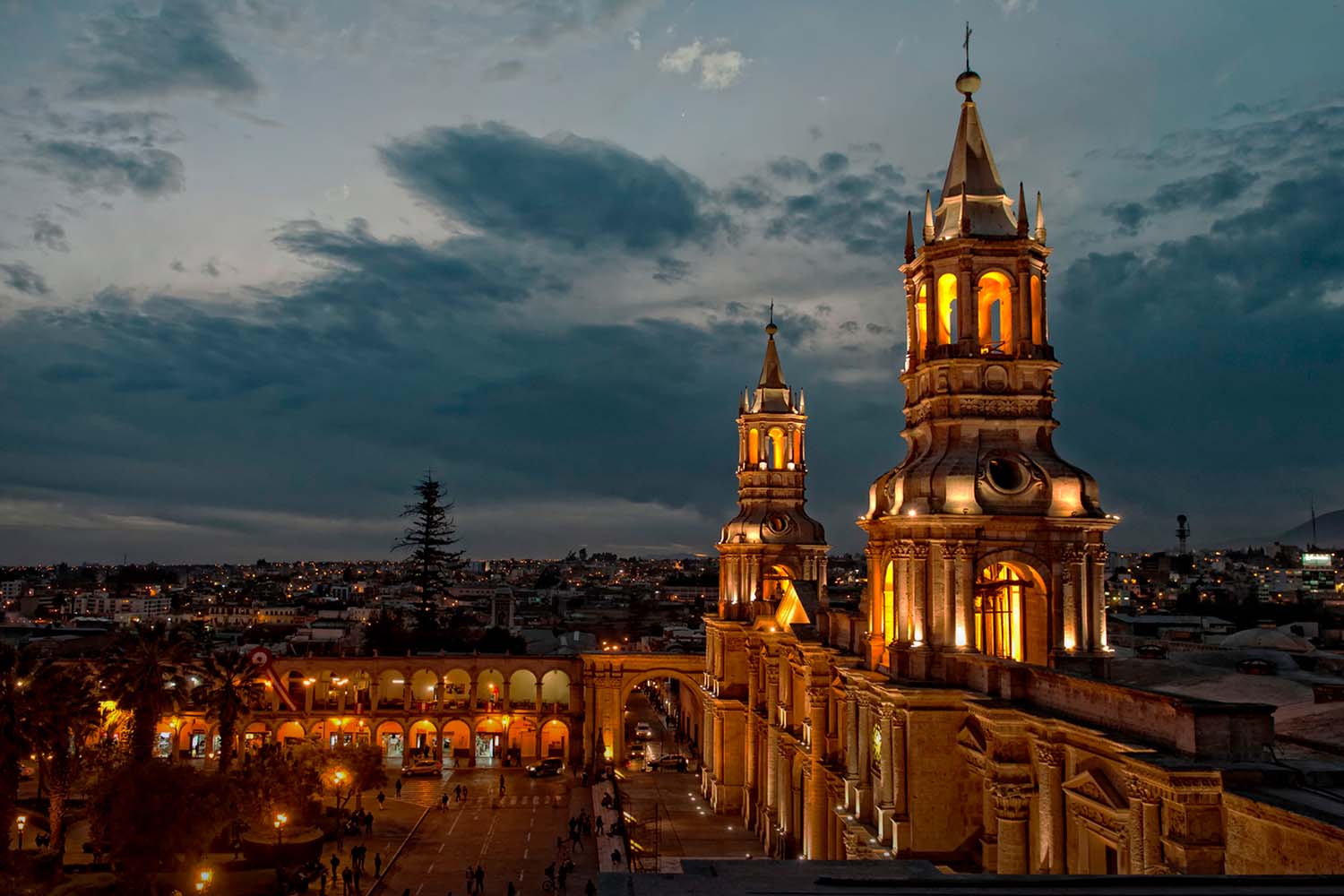
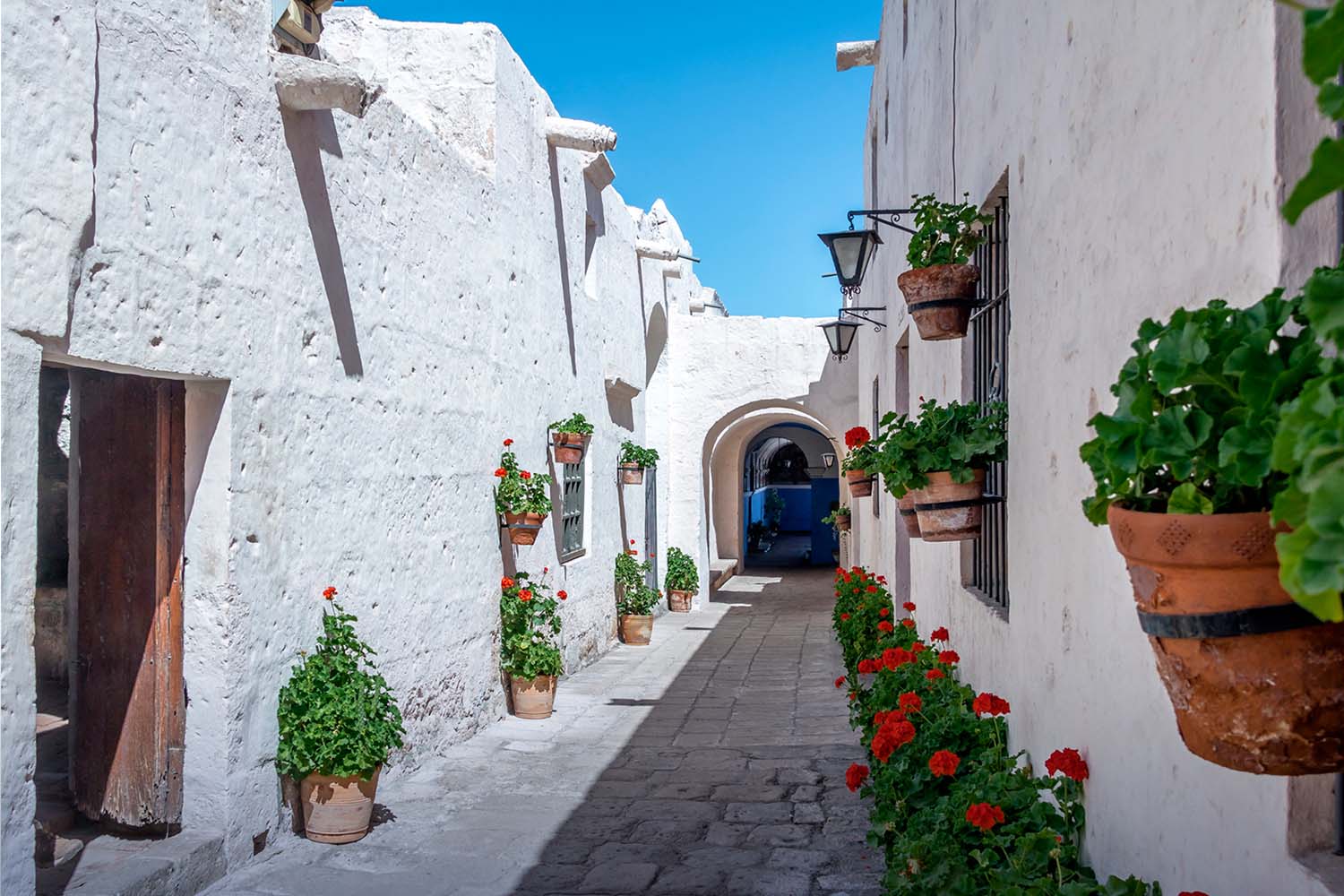
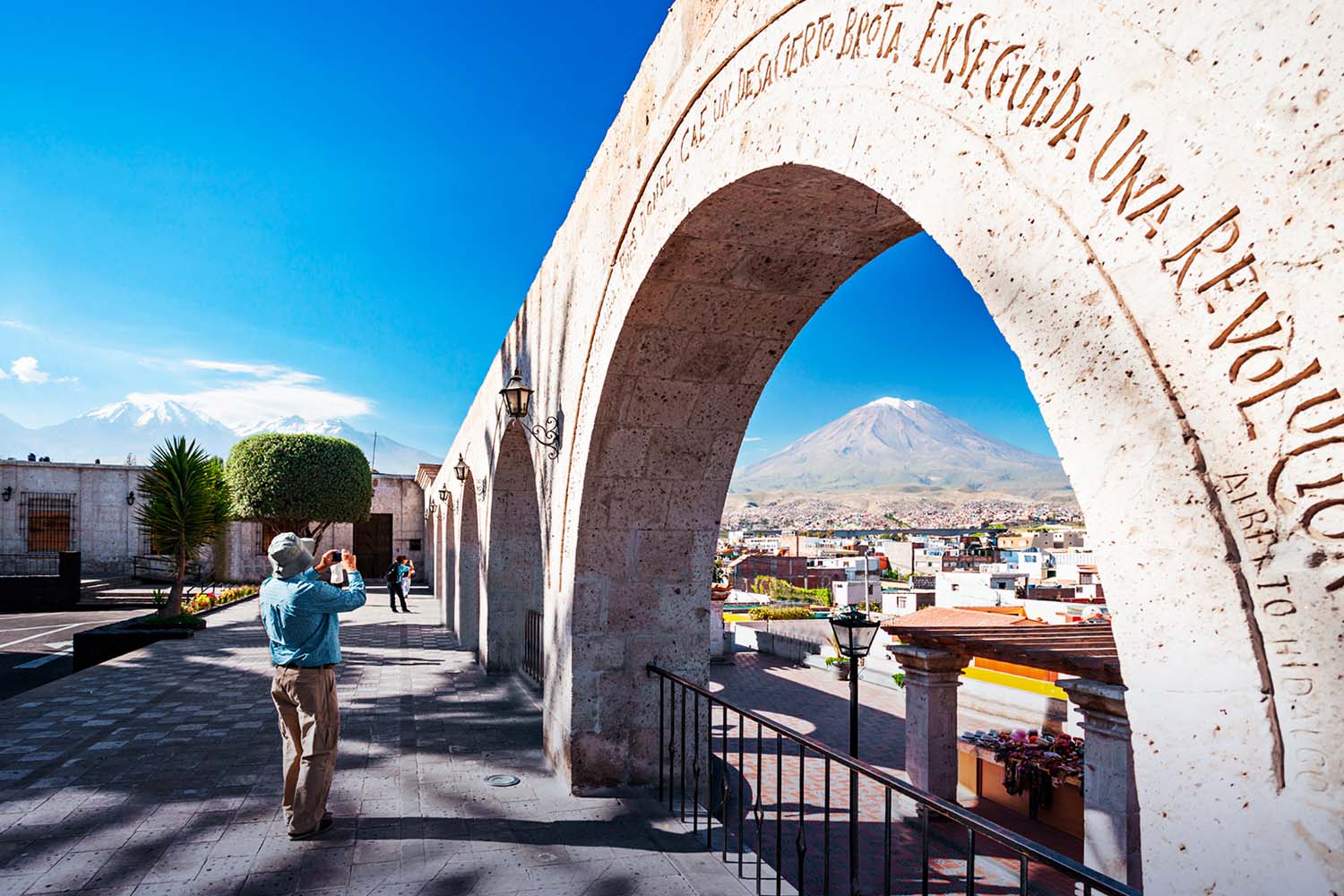
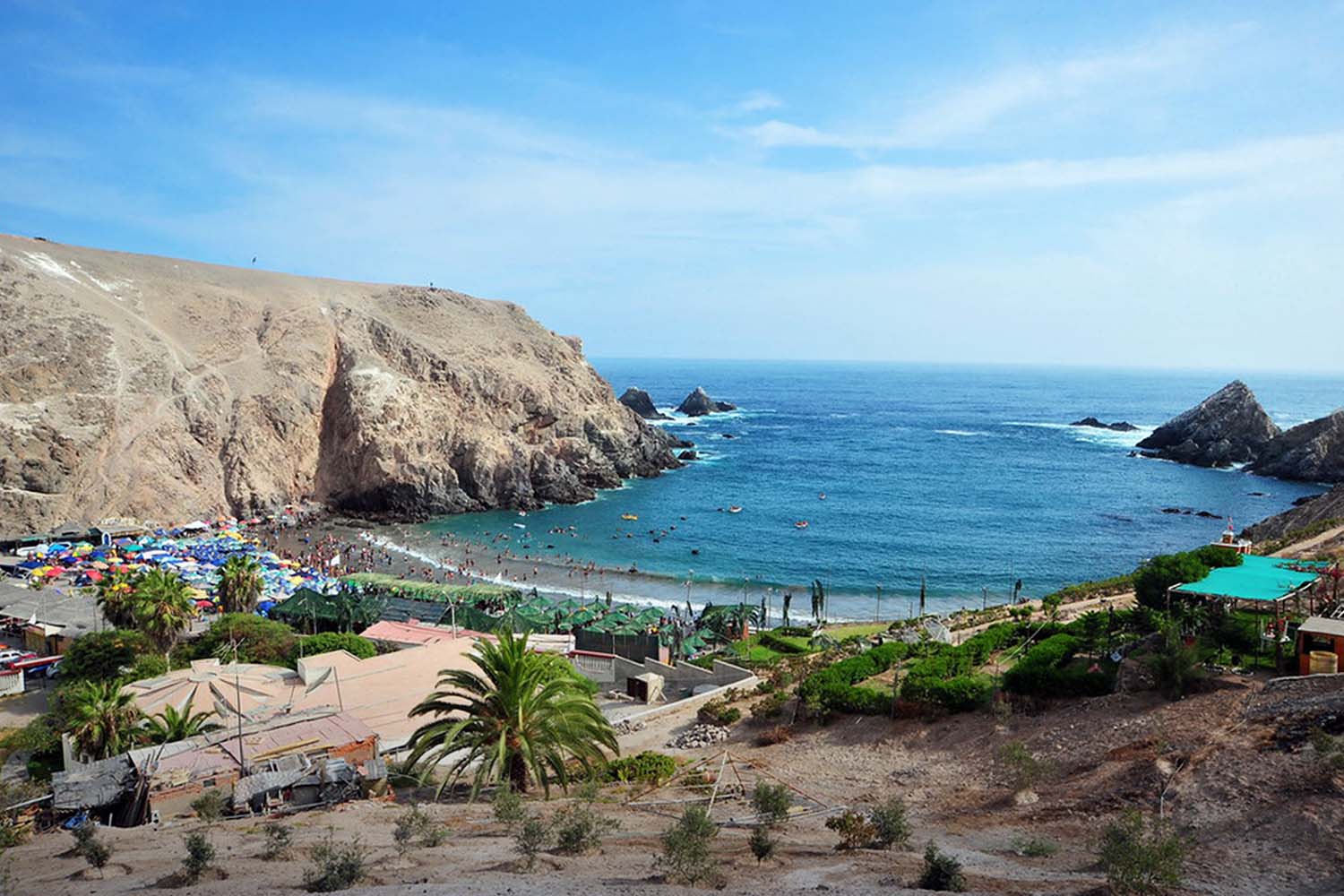
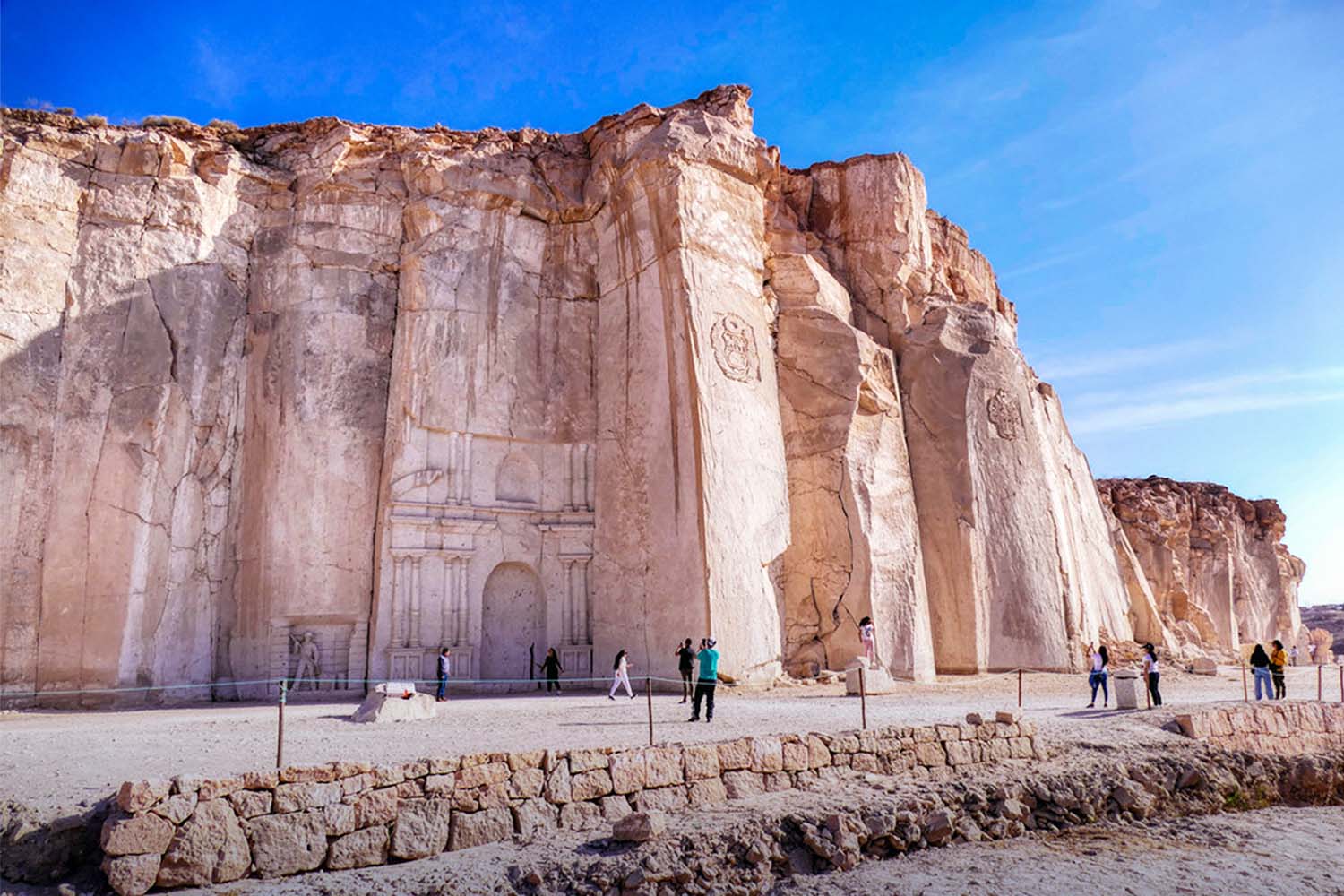
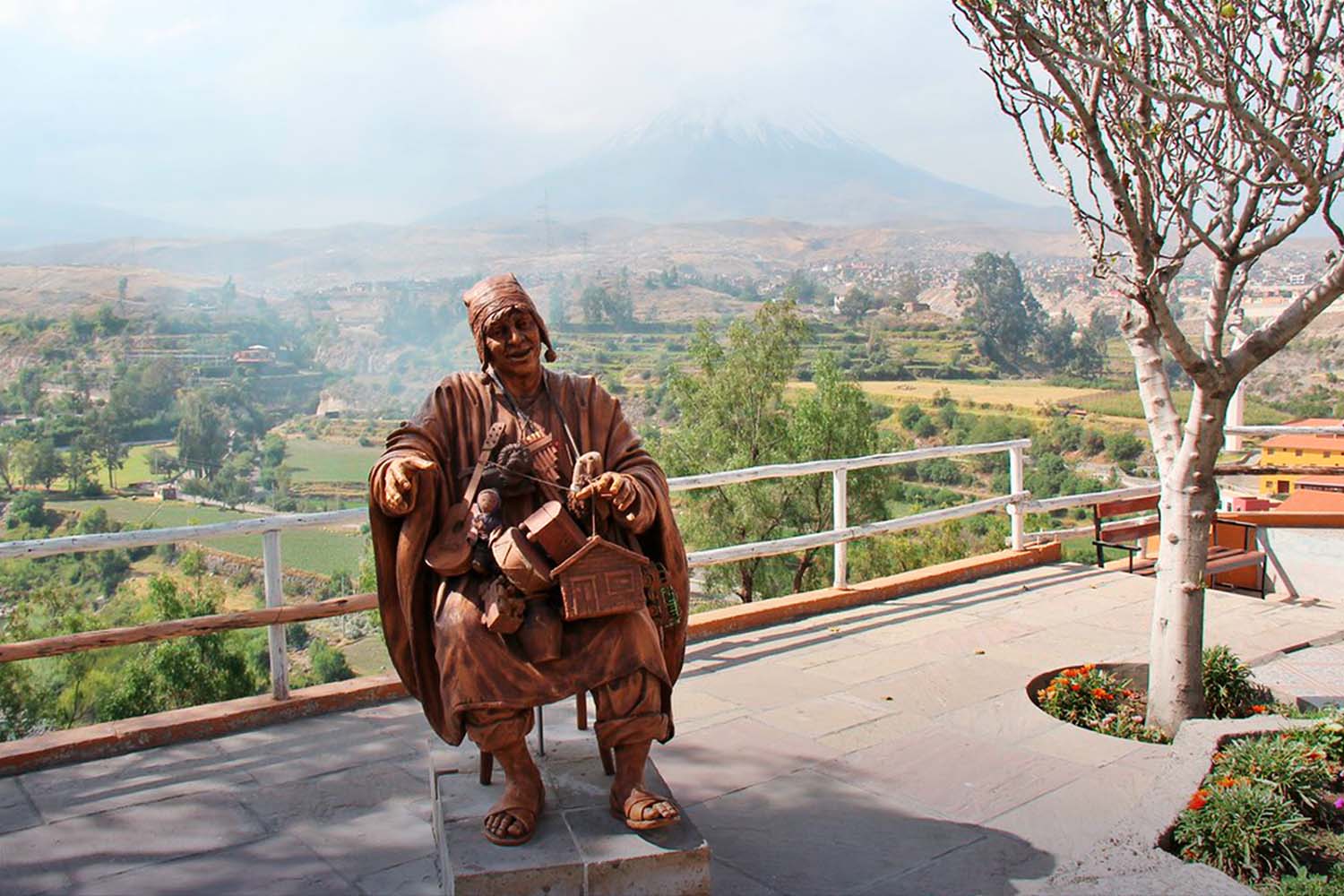
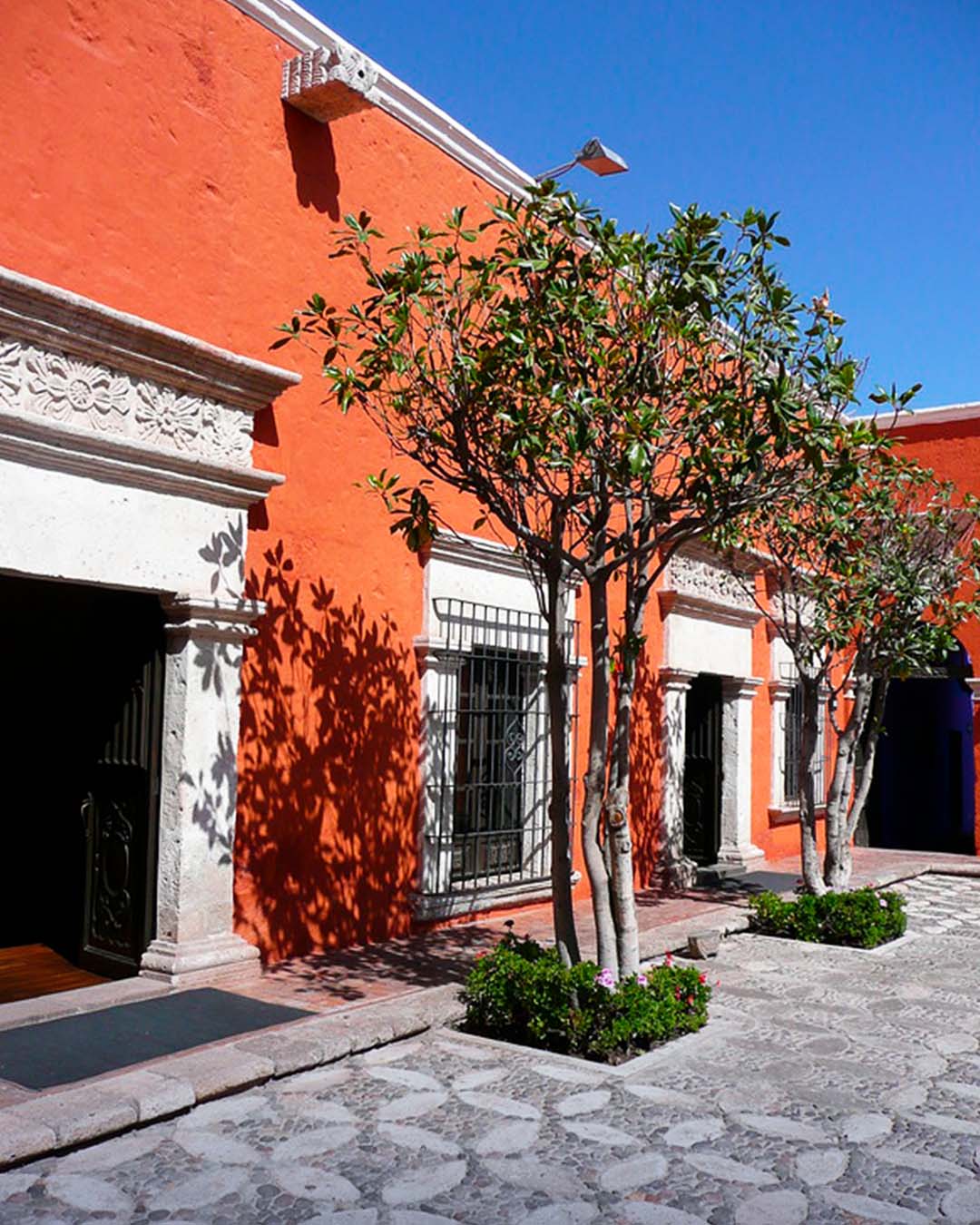
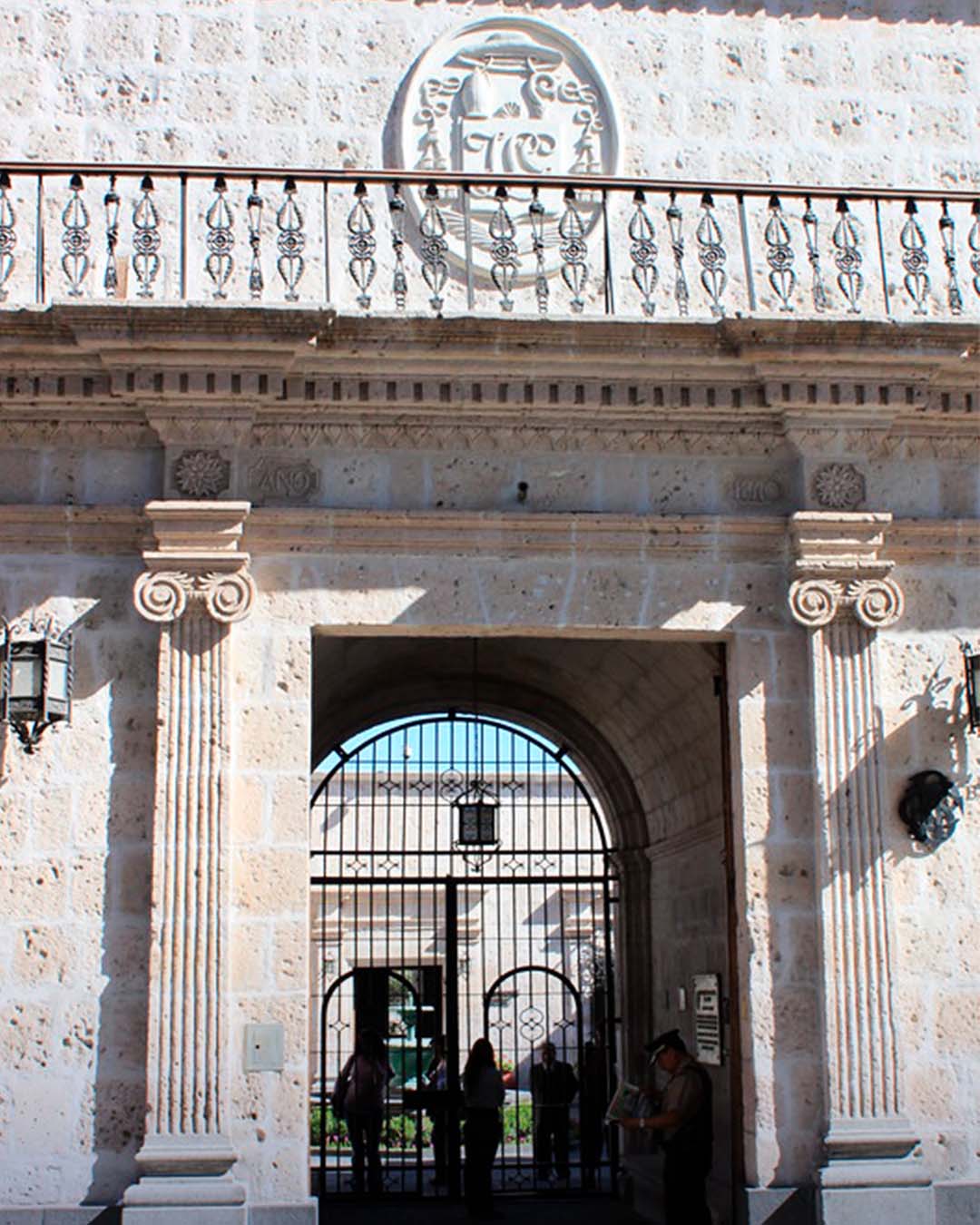
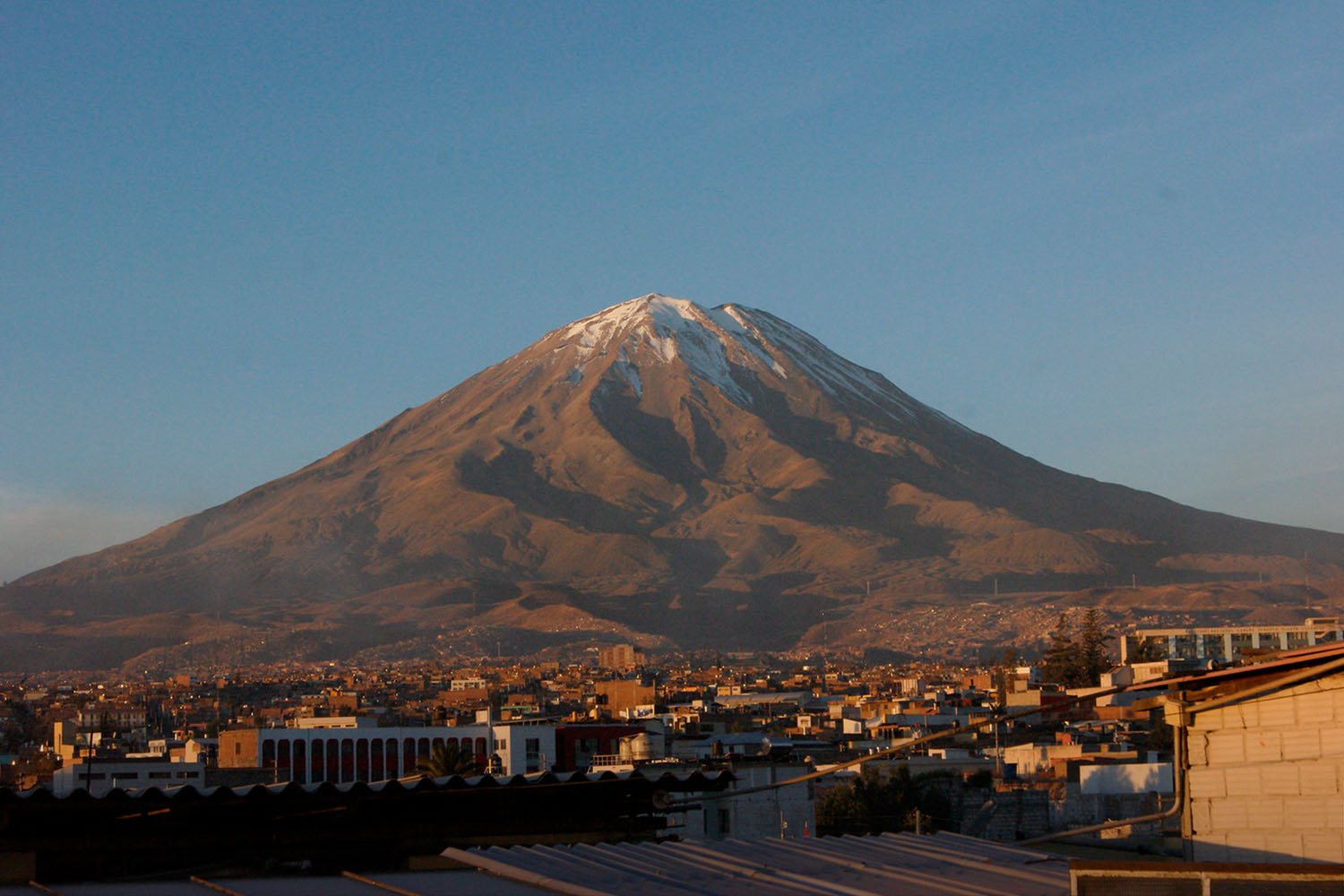
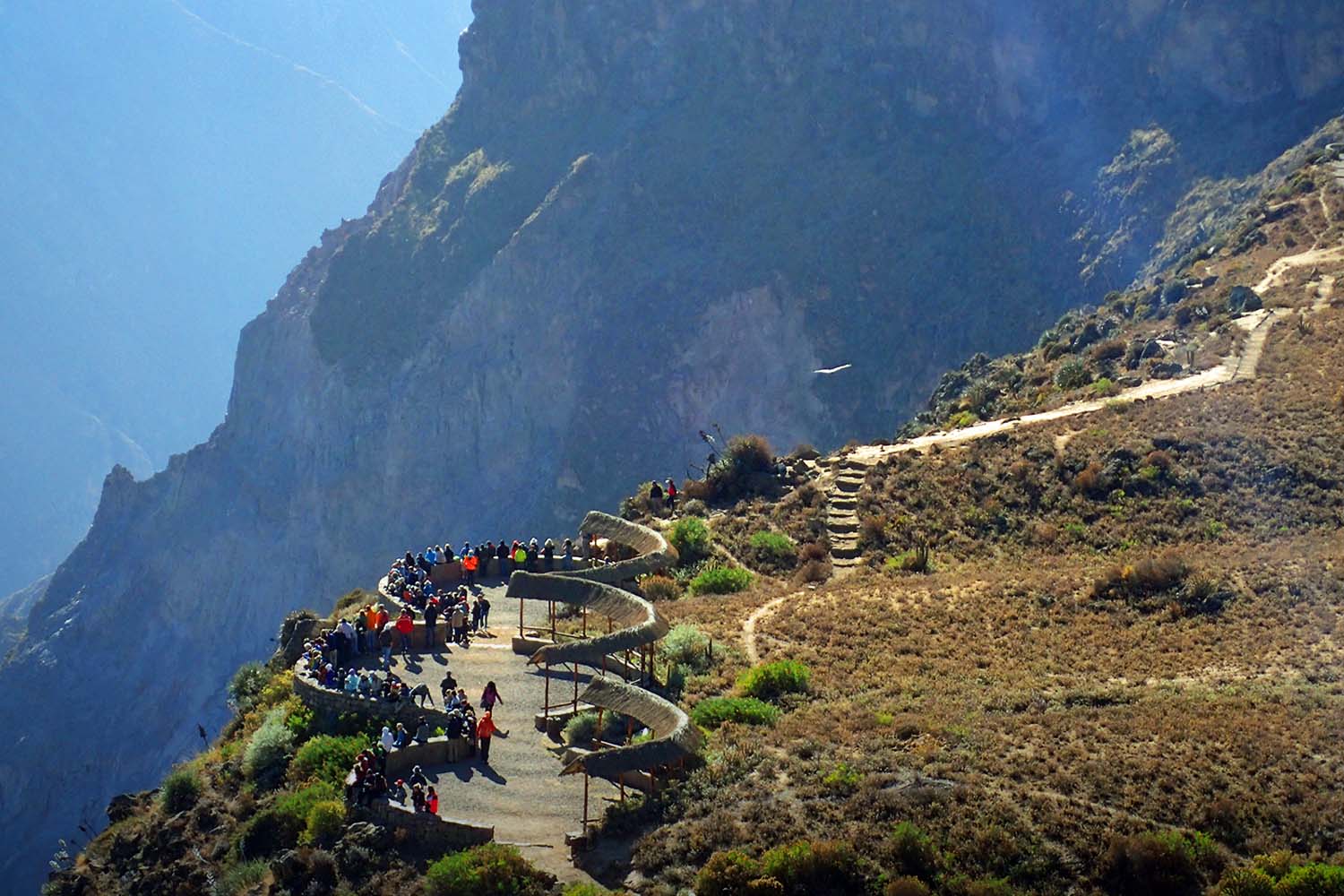
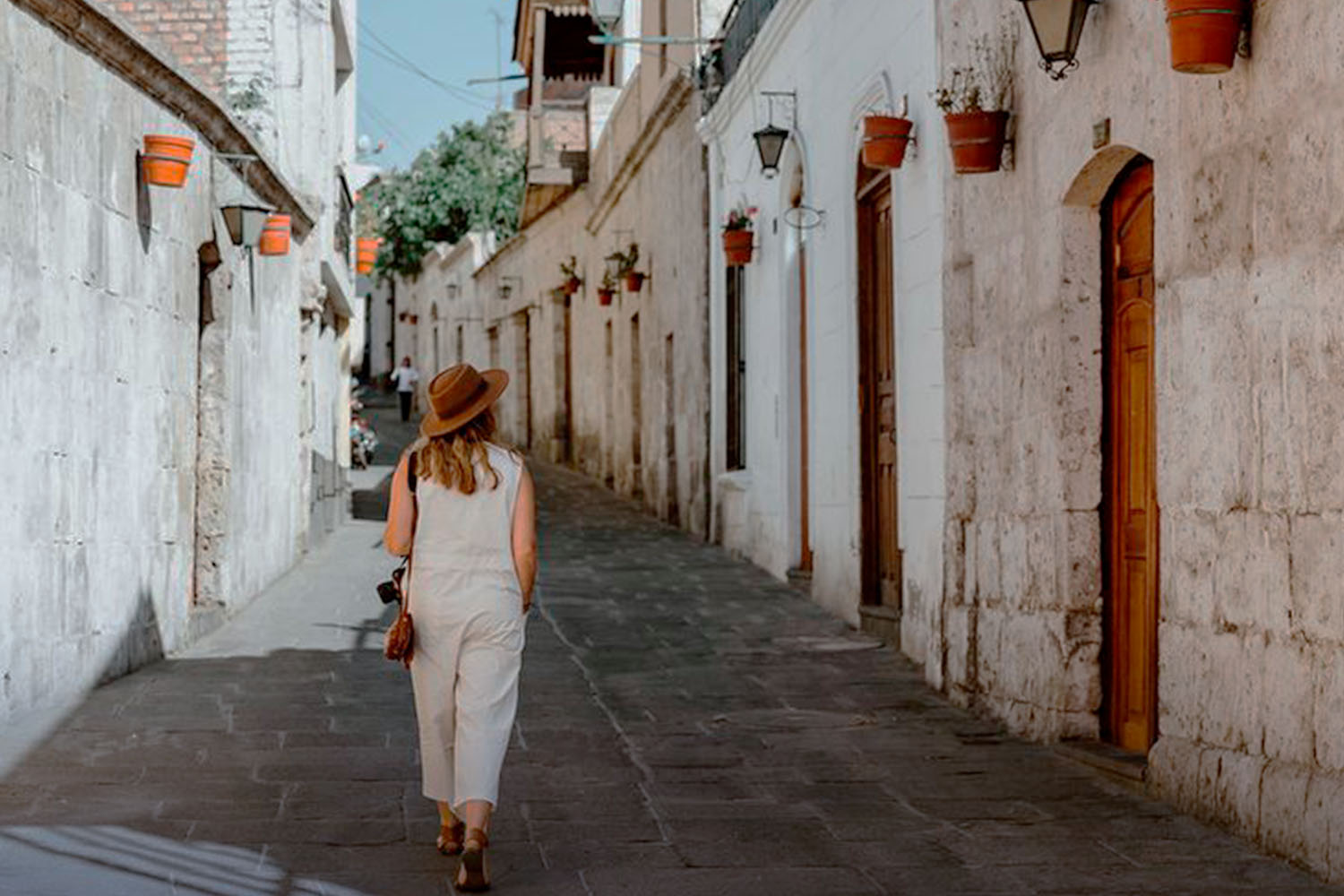
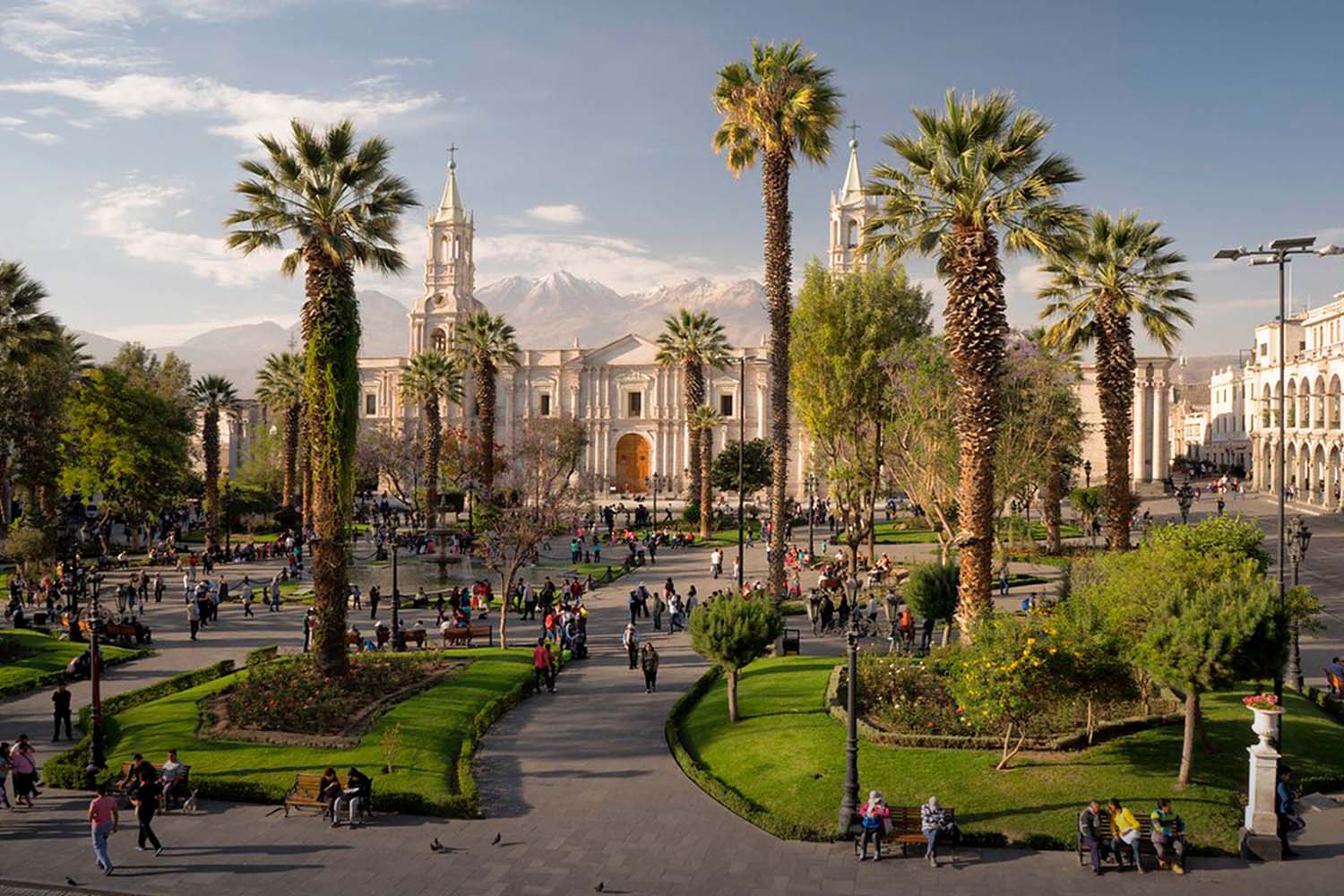
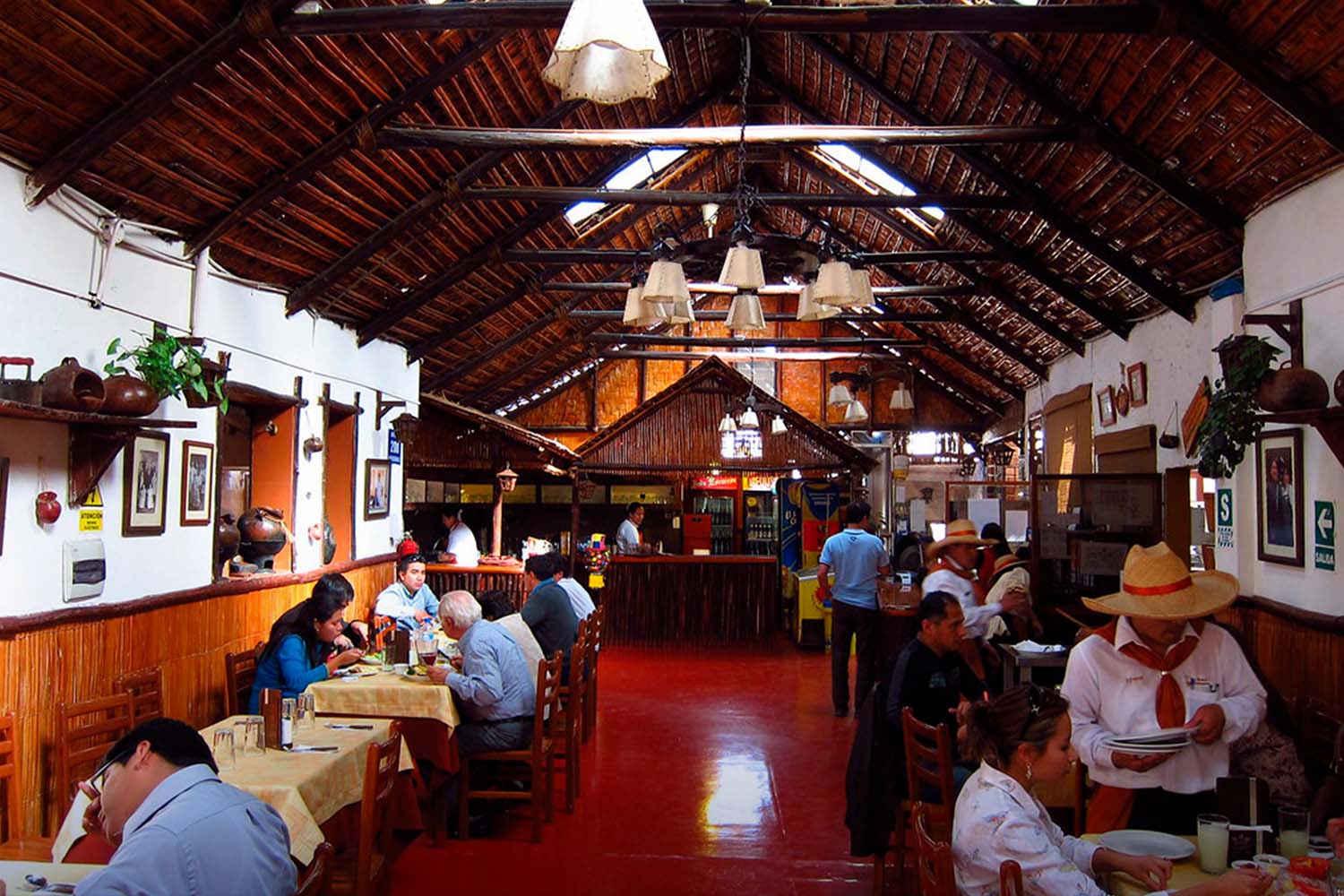
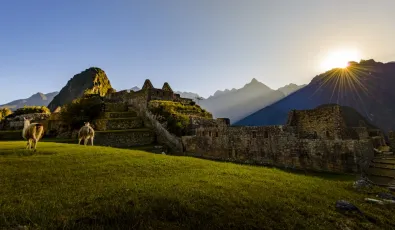
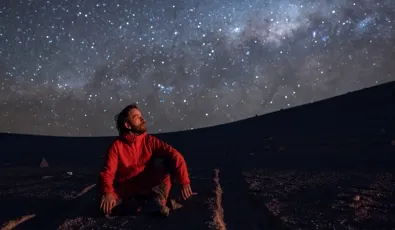
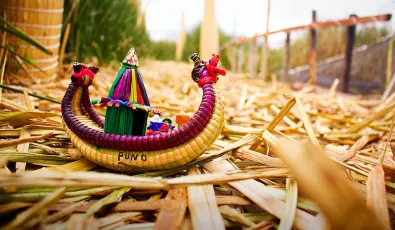
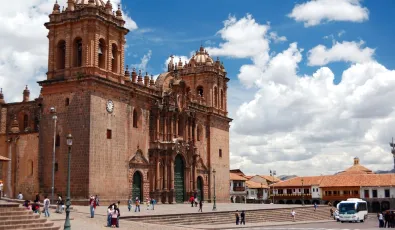
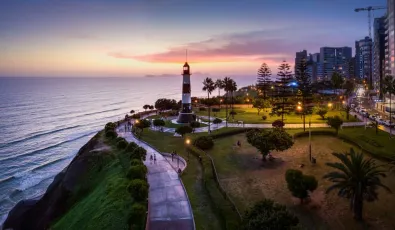
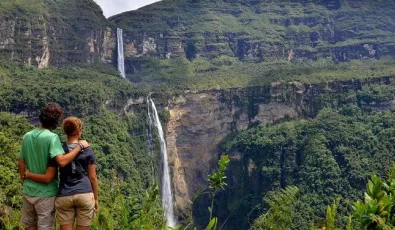

Add new comment